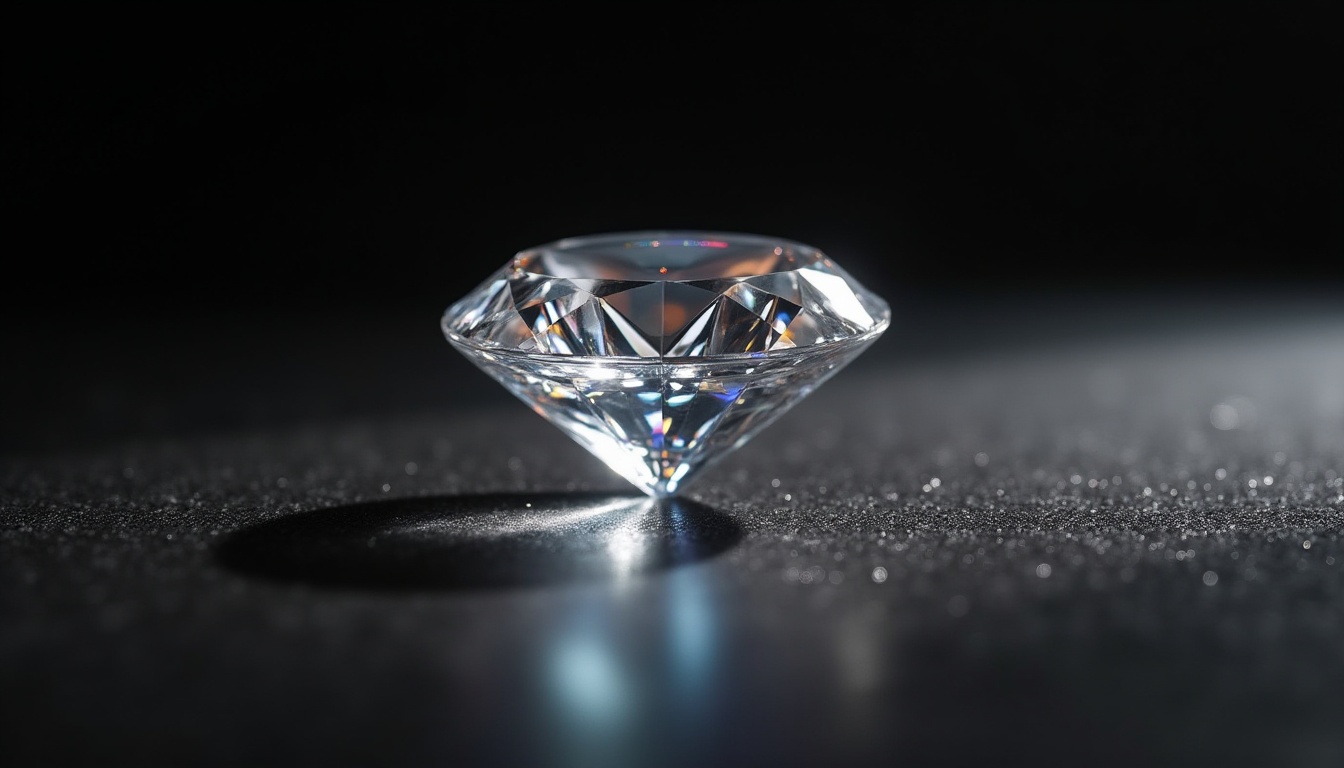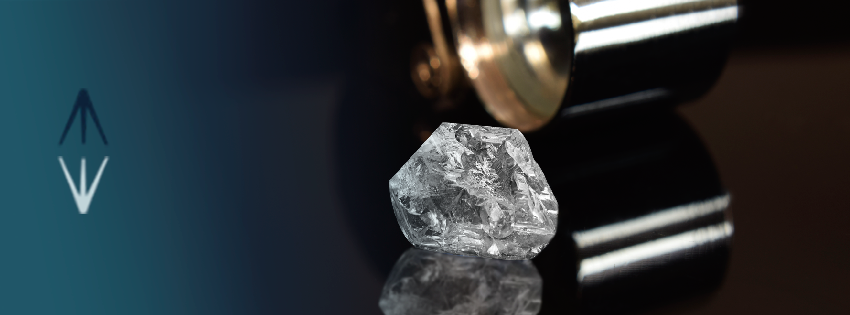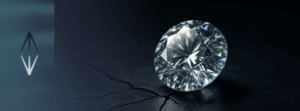Diamonds have captivated humanity for centuries with their beauty, hardness, and value. However, within the world of these precious gems, there is an even more exclusive classification: Type IIa diamonds. Considered the purest diamonds on the planet, they possess characteristics that make them true natural rarities and highly valuable pieces in the market.
What are Type IIa diamonds?
Diamonds classified as Type IIa are a subcategory within the gemological classification based on the presence or absence of impurities in the diamond’s structure. In this case, Type IIa diamonds are characterized by lacking almost all nitrogen, the most common element that causes color in diamonds.
This chemical purity results in exceptional transparency and brilliance, making these diamonds visually more impressive and highly valued by both jewelers and collectors.
Distinctive characteristics of Type IIa diamonds
- Extreme purity: they are the purest diamonds in chemical terms.
- Absence of nitrogen: which contributes to their colorless or perfectly white appearance.
- Superior optical transparency: their structure allows unmatched light refraction.
- High thermal conductivity: useful both for identification and industrial applications.
- Rare colors in some cases: structural deformations can result in pink, light brown, or pale blue hues.

Rarity and market value
Less than 2% of natural diamonds fall into the Type IIa category, making them one of the rarest classes. Their rarity, along with their purity and beauty, translates into significantly higher prices compared to other diamond types.
Auction houses, high-end jewelry designers, and collectors regard them as gemological treasures. Additionally, their origin can influence their value: many Type IIa diamonds come from legendary mines such as Golconda in India.
Applications and uses of Type IIa diamonds
While their main use is in luxury jewelry, Type IIa diamonds also have applications in the tech industry. Thanks to their thermal conductivity and strength, they are used in:
- Precision cutting tools
- Optical windows for extreme environments
- Advanced electronic components
These applications show that their value goes beyond aesthetics: they are materials with unique physical properties.
Famous examples of Type IIa diamonds
Some of the world’s most famous diamonds belong to this category:
- The Cullinan: the largest rough diamond ever found (3,106 carats), from which several major British Crown jewels were cut.
- Lesedi La Rona: a 1,111-carat diamond discovered in Botswana, known for its size and quality.
- Elizabeth Taylor Diamond: a 33.19-carat Asscher cut gem, famous for its exceptional color and clarity.
These examples reinforce the perception of Type IIa as the elite of natural diamonds.
Conclusion
Type IIa diamonds are not just jewels; they are natural wonders with extraordinary properties. Their extreme purity, beauty, and rarity make them symbols of perfection and luxury. Whether as an investment, collectible piece, or symbol of eternal love, a Type IIa diamond represents the finest nature can offer in crystal form. Visit diamantes.com, where you will find expert information and an exclusive selection of certified specimens.
Frequently Asked Questions
What distinguishes Type IIa diamonds from other diamonds?
They differ in chemical purity: they contain virtually no nitrogen, which enhances their clarity and brilliance.
Are Type IIa diamonds more valuable?
Yes, due to their rarity and superior optical properties, they usually command higher prices than other diamonds.
How are Type IIa diamonds identified?
Through infrared spectroscopy or other gemological tests that detect the absence of nitrogen.
Where are Type IIa diamonds found?
Many come from specific mines such as those in Golconda (India), but they have also been found in Africa and other regions.




